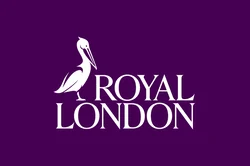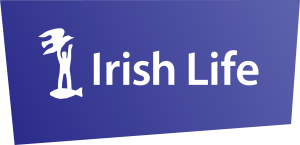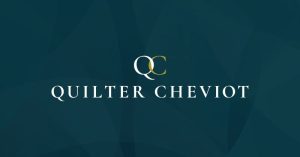Tom (55) and Ger (53) are married with three children who are all in full time employment. The youngest is leaving home. Their middle daughter is getting married next year and they have promised €20,000 to go towards a deposit for a house. They are 50/50 shareholders in ABC Ltd. Their children have no interest in the company and Tom and Ger are considering their exit strategy from the business. They currently feel they will need to work into their 70’s, they do not think they will be able to sell the business. They have built up shareholder funds of €400,000.
We have outlined their summary balance sheet and income versus expenditure below. Their investment and pension strategy has been haphazard to date. The company makes a pension contribution of 30k per annum for them both. They both expect to qualify for the full state pension from age 68 and they have sufficient life cover, serious illness and income protection to support their lifestyle in event of catastrophe.




WEALTH ALLIANCE LIMITED IS REGULATED BY THE CENTRAL BANK OF IRELAND C120055










